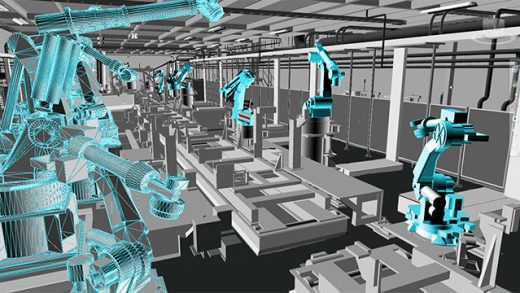Creating a comfortable and enjoyable home theater experience goes beyond just investing in high-quality audiovisual equipment. One crucial aspect often overlooked is maintaining an optimal temperature within the theater room. In this blog post, we will explore various professional strategies to cool your home theater effectively, ensuring an immersive and uninterrupted cinematic experience.
1. Understanding the Importance of Temperature Control:
To fully appreciate the significance of cooling your home theater, it is essential to comprehend the impact of temperature on both equipment performance and viewer comfort. Excessive heat can lead to equipment malfunctions, reduced lifespan, and discomfort for viewers. Therefore, implementing effective cooling measures is vital.
2. Optimize Ventilation and Airflow:
Proper ventilation and airflow are fundamental in maintaining an ideal temperature within your home theater. Start by ensuring that the room has adequate ventilation, allowing fresh air to circulate. Consider installing ceiling fans or air conditioning vents strategically to promote airflow and prevent hotspots.
3. Strategic Placement of Equipment:
The placement of your audiovisual equipment can significantly impact the temperature within the theater room. Avoid stacking devices or placing them in enclosed spaces, as this can hinder heat dissipation. Instead, opt for open shelving or equipment racks that allow for better airflow and heat dispersion.
4. Utilize Cooling Solutions:
a. Air Conditioning: Installing a dedicated air conditioning unit for your home theater can provide precise temperature control. Opt for a unit with a high energy efficiency ratio (EER) to minimize energy consumption.
b. Cooling Fans: Supplementing your existing ventilation system with cooling fans can help circulate air and prevent heat buildup. Consider using fans specifically designed for electronics to ensure efficient cooling.
c. Heat Exhaust Systems: For more advanced setups, consider investing in heat exhaust systems that actively remove hot air from the theater room. These systems can be integrated with your existing ventilation or air conditioning setup.
5. Manage Ambient Lighting:
While not directly related to cooling, managing ambient lighting can indirectly contribute to a cooler home theater environment. Bright lights generate heat, so opt for dimmable LED lights or blackout curtains to minimize heat generation and create a more immersive viewing experience.
6. Regular Maintenance and Cleaning:
Regular maintenance of your audiovisual equipment is crucial for optimal performance and longevity. Dust accumulation can hinder heat dissipation, so ensure that you clean your devices and ventilation systems regularly. Additionally, consider professional servicing to address any underlying issues that may affect cooling efficiency.
Conclusion:
Cooling your home theater effectively is a vital aspect of creating a comfortable and immersive cinematic experience. By understanding the importance of temperature control, optimizing ventilation, strategic equipment placement, utilizing cooling solutions, managing ambient lighting, and regular maintenance, you can ensure a cool and enjoyable home theater environment. Implement these professional strategies to enhance your viewing pleasure and protect your valuable audiovisual investments.


